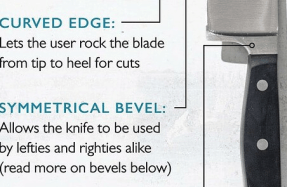Armenia’s Greatest Vegetarian Dish

We Armenians are serious about our meat eating. No holiday is complete without a centerpiece of something skewered and grilled over charcoal, long-simmered into a stew, or minced and eaten raw. But those dishes are generally reserved for feasts and other times of celebration. Armenia and the Armenian parts of Turkey (where my family is from) are rugged, landlocked regions that have endured poverty and scarcity for much of their existence, so we’ve historically relied on more humble fare.
That’s why we are equally serious about our meatless dishes, which reflect a thriftiness born out of that deep-rooted poverty. They’re also a matter of piety: Historically, the Armenian Apostolic Church restricted meat consumption on many days throughout the year. Though only the most devout among us still regularly abstain, the community’s appreciation for meat-free cooking persists. (For more information, see
You’re reading a preview, subscribe to read more.
Start your free 30 days



